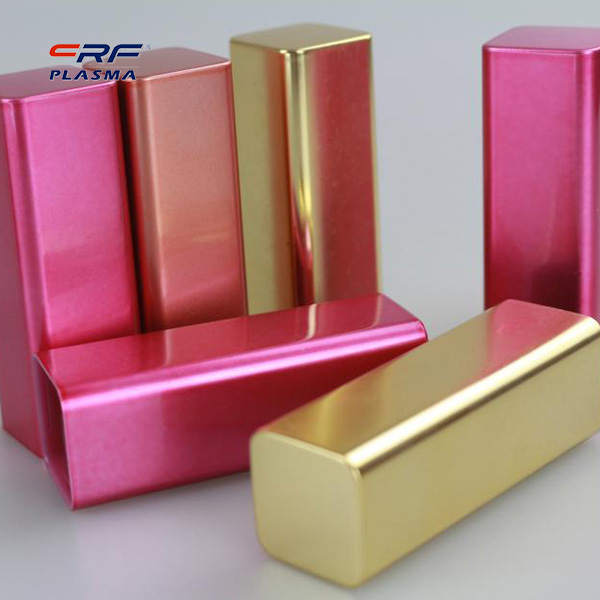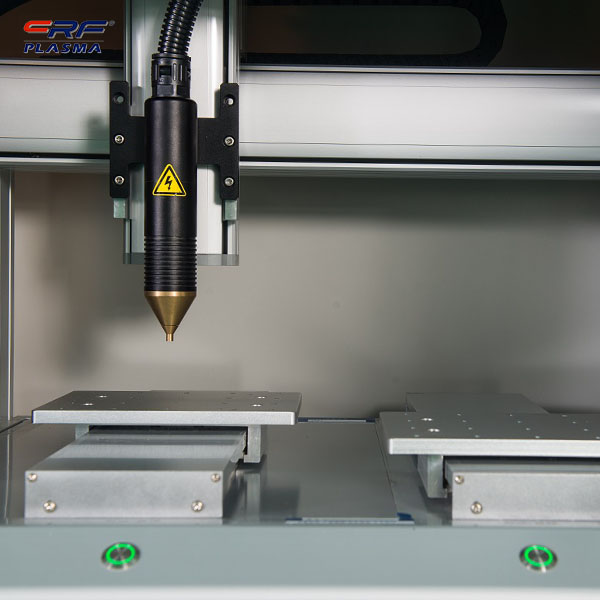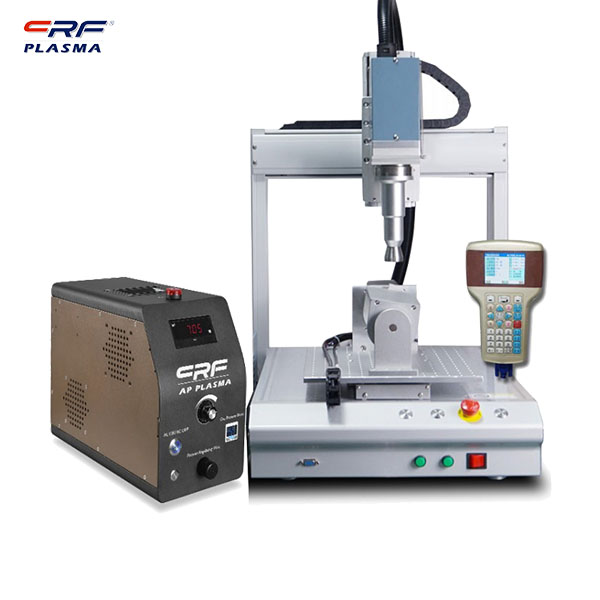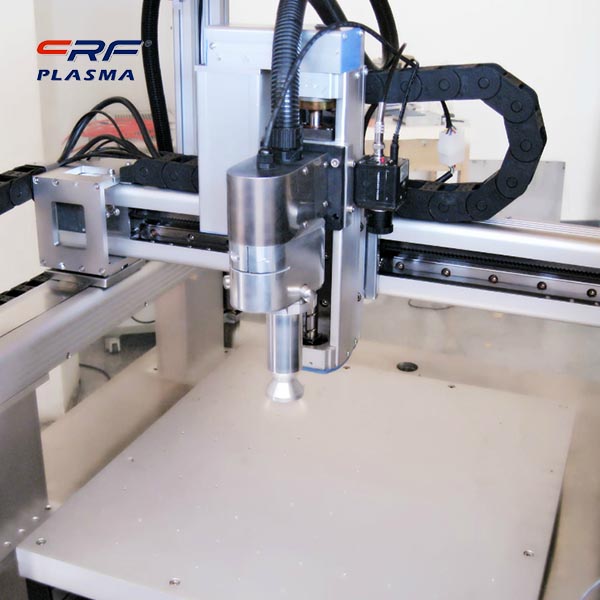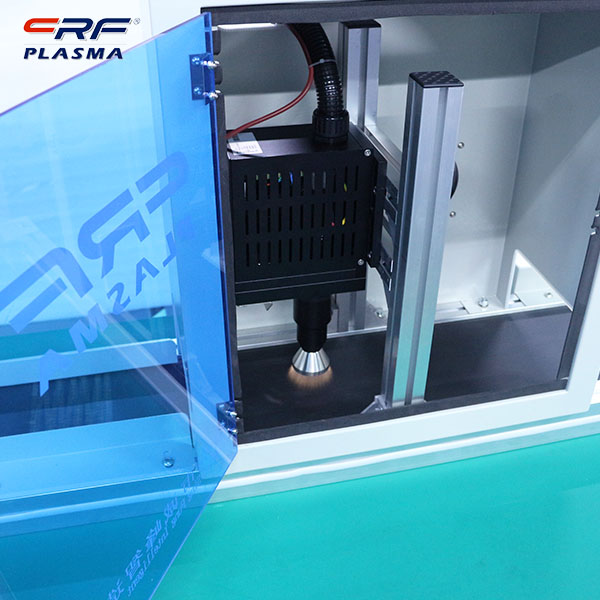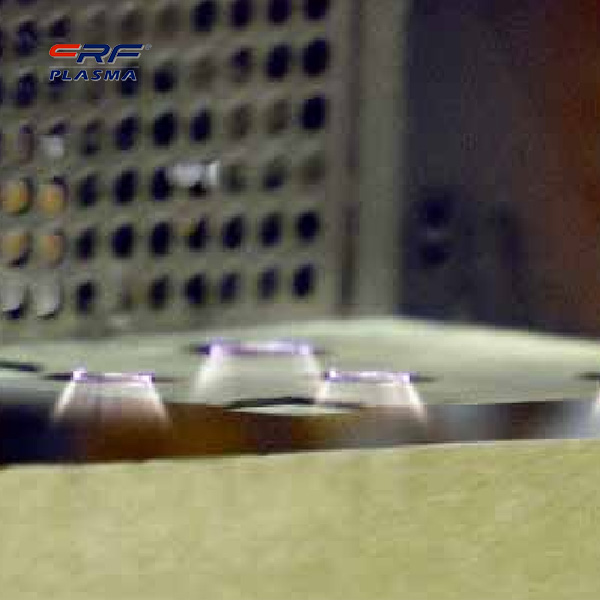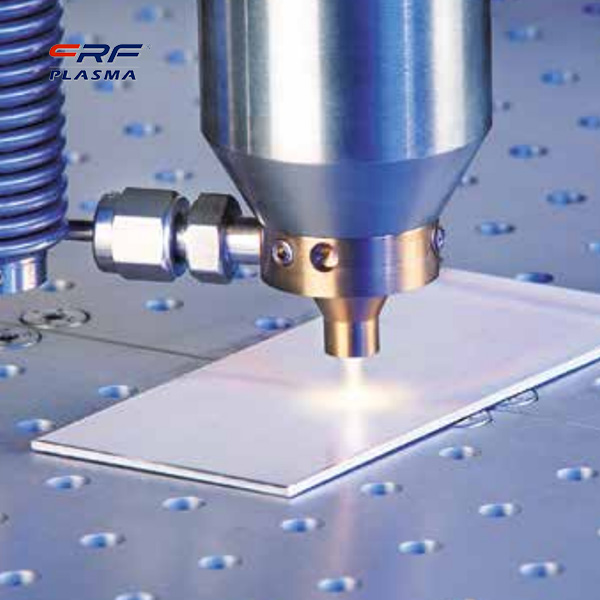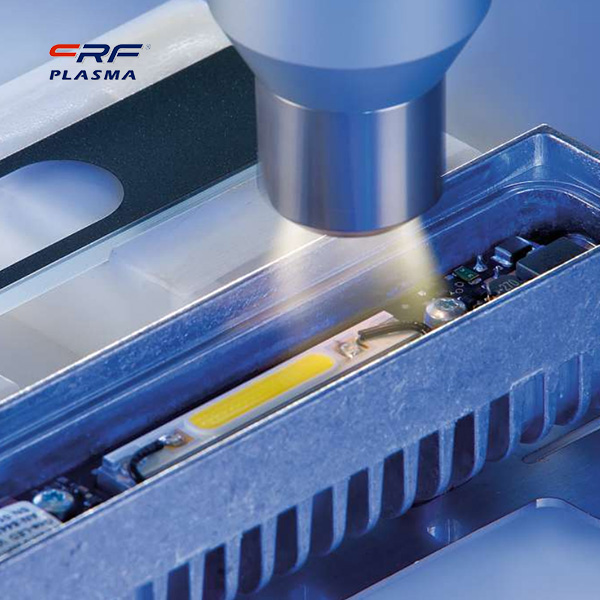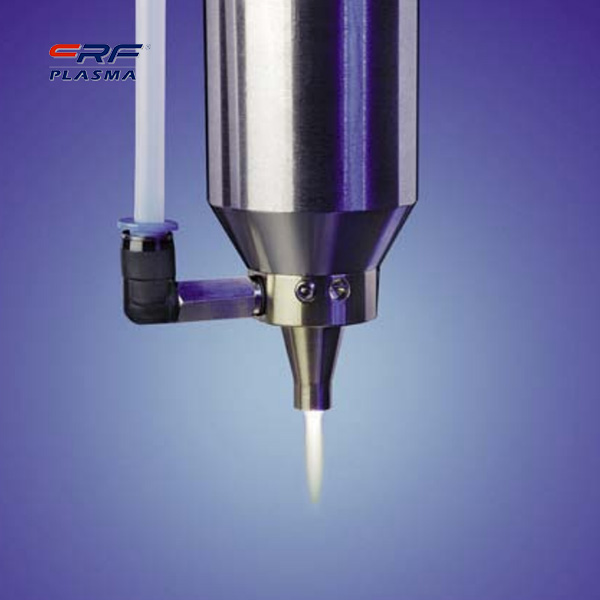
Welcome to Shenzhen Sing Fung Intelligent Manufacturing Co., Ltd.
E-mail:shaobo@sfi-crf.com
After the IP glue is processed by the plasma cleaner, its contact angle to DIW is extremely significantly reduced
- Categories:Company Dynamics
- Author:Plasma cleaning machine-CRF plasma plasma equipment-plasma surface treatment machine manufacturer-chengfeng intelligent manufacturing
- Origin:
- Time of issue:2021-12-03
- Views:
(Summary description)After the IP glue is processed by the plasma cleaner, its contact angle to DIW is extremely significantly reduced: IP glue is a kind of photoresist widely used in 0.25μm photomask design rules and below. IP3600 is a photoresist commonly used for 0.25DR Hline photomasks. Even in the secondary mask processing of the 130nm process phase shift mask technology, IP glue is still used. IP glue is a kind of photoresist based on phenolic resin. The main difference between it and poly-type glue is that the surface of the glue has obvious anti-decomposition phenomenon, that is, it has poor hydrophilicity. For IP glue, its poor hydrophilicity will make it difficult for the developer to evenly act on the glue surface during development, resulting in defects or incomplete development. Therefore, in the development of IP glue, one of the technological difficulties is how to improve the hydrophilicity of the IP glue before development. Plasma cleaner is a pre-cleaning method commonly used in semiconductor manufacturing and packaging. Plasma pretreatment (bombardment) can physically remove some pollution on the surface of silicon wafers or chips (such as natural oxide layers, ash particles, and organic pollutants). Wait). The plasma surface pretreatment method is used to act on the surface of the IP glue to increase the roughness of the glue surface, thereby improving the uniformity of the deionized water wetting the glue surface, and avoiding the development defects caused by the hydrophilicity of the IP glue. During the surface treatment of the plasma cleaner, the thickness of the IP glue will be lost due to the bombardment of the plasma. In order to facilitate the control of subsequent development time and development uniformity, the thickness loss of the IP glue caused by plasma bombardment must be considered. After the surface treatment of the reticle by the plasma cleaning machine, due to the loss of plasma bombardment, the thickness of the IP glue decreased from 564.4nm before the treatment to 561.2nm after the treatment, and the thickness loss was about 3.2nm, which is far before the thickness of the IP glue before development. The deviation can be controlled within (565 +10) nm. This shows that although the surface bombardment effect will cause a certain loss of the thickness of the IP glue, the plasma energy for the treatment is lower and the time is shorter, so the thickness loss caused by it is smaller. . On the whole, this plasma surface treatment will not have a significant impact on the thickness of the IP glue. After the IP glue is processed by the plasma cleaning machine, its contact angle to DIW is extremely significantly reduced, that is, the static contact angle is reduced to 45° from the untreated 77°, and the forward contact angle is reduced to 51° from the untreated 88°. It also reduces the receding contact angle from the untreated 33° to less than 10°. This shows that due to the bombardment of the surface of the IP glue by plasma, the micro-roughness of the surface is increased, thereby increasing the adsorption and wetting ability of the IP glue to water, and improving the hydrophilicity of the surface of the IP glue. In the water rinsing step before development, it is obvious that the surface water drops on the plasma-treated reticle become smaller and are densely and uniformly distributed on the surface of the glue, which also shows its hydrophilicity and development The uniformity has been significantly improved.
After the IP glue is processed by the plasma cleaner, its contact angle to DIW is extremely significantly reduced
(Summary description)After the IP glue is processed by the plasma cleaner, its contact angle to DIW is extremely significantly reduced:
IP glue is a kind of photoresist widely used in 0.25μm photomask design rules and below. IP3600 is a photoresist commonly used for 0.25DR Hline photomasks. Even in the secondary mask processing of the 130nm process phase shift mask technology, IP glue is still used.
IP glue is a kind of photoresist based on phenolic resin. The main difference between it and poly-type glue is that the surface of the glue has obvious anti-decomposition phenomenon, that is, it has poor hydrophilicity. For IP glue, its poor hydrophilicity will make it difficult for the developer to evenly act on the glue surface during development, resulting in defects or incomplete development. Therefore, in the development of IP glue, one of the technological difficulties is how to improve the hydrophilicity of the IP glue before development.
Plasma cleaner is a pre-cleaning method commonly used in semiconductor manufacturing and packaging. Plasma pretreatment (bombardment) can physically remove some pollution on the surface of silicon wafers or chips (such as natural oxide layers, ash particles, and organic pollutants). Wait). The plasma surface pretreatment method is used to act on the surface of the IP glue to increase the roughness of the glue surface, thereby improving the uniformity of the deionized water wetting the glue surface, and avoiding the development defects caused by the hydrophilicity of the IP glue.
During the surface treatment of the plasma cleaner, the thickness of the IP glue will be lost due to the bombardment of the plasma. In order to facilitate the control of subsequent development time and development uniformity, the thickness loss of the IP glue caused by plasma bombardment must be considered.
After the surface treatment of the reticle by the plasma cleaning machine, due to the loss of plasma bombardment, the thickness of the IP glue decreased from 564.4nm before the treatment to 561.2nm after the treatment, and the thickness loss was about 3.2nm, which is far before the thickness of the IP glue before development. The deviation can be controlled within (565 +10) nm. This shows that although the surface bombardment effect will cause a certain loss of the thickness of the IP glue, the plasma energy for the treatment is lower and the time is shorter, so the thickness loss caused by it is smaller. . On the whole, this plasma surface treatment will not have a significant impact on the thickness of the IP glue.
After the IP glue is processed by the plasma cleaning machine, its contact angle to DIW is extremely significantly reduced, that is, the static contact angle is reduced to 45° from the untreated 77°, and the forward contact angle is reduced to 51° from the untreated 88°. It also reduces the receding contact angle from the untreated 33° to less than 10°. This shows that due to the bombardment of the surface of the IP glue by plasma, the micro-roughness of the surface is increased, thereby increasing the adsorption and wetting ability of the IP glue to water, and improving the hydrophilicity of the surface of the IP glue.
In the water rinsing step before development, it is obvious that the surface water drops on the plasma-treated reticle become smaller and are densely and uniformly distributed on the surface of the glue, which also shows its hydrophilicity and development The uniformity has been significantly improved.
- Categories:Company Dynamics
- Author:Plasma cleaning machine-CRF plasma plasma equipment-plasma surface treatment machine manufacturer-chengfeng intelligent manufacturing
- Origin:
- Time of issue:2021-12-03 18:03
- Views:
After the IP glue is processed by the plasma cleaner, its contact angle to DIW is extremely significantly reduced:
IP glue is a kind of photoresist widely used in 0.25μm photomask design rules and below. IP3600 is a photoresist commonly used for 0.25DR Hline photomasks. Even in the secondary mask processing of the 130nm process phase shift mask technology, IP glue is still used.
IP glue is a kind of photoresist based on phenolic resin. The main difference between it and poly-type glue is that the surface of the glue has obvious anti-decomposition phenomenon, that is, it has poor hydrophilicity. For IP glue, its poor hydrophilicity will make it difficult for the developer to evenly act on the glue surface during development, resulting in defects or incomplete development. Therefore, in the development of IP glue, one of the technological difficulties is how to improve the hydrophilicity of the IP glue before development.
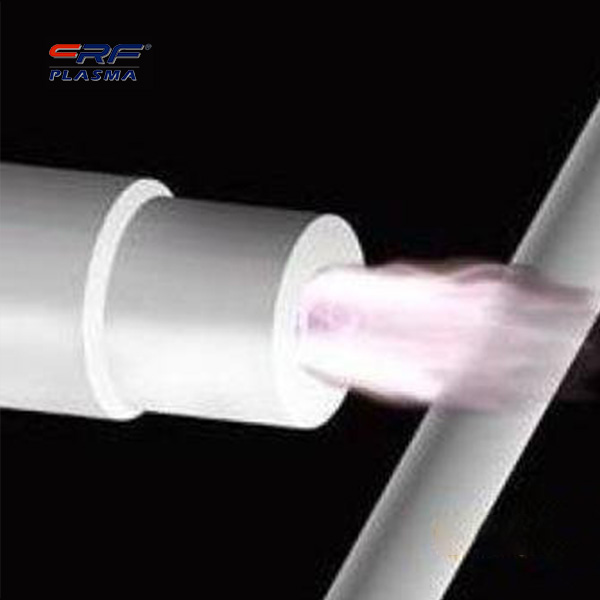 Plasma cleaner is a pre-cleaning method commonly used in semiconductor manufacturing and packaging. Plasma pretreatment (bombardment) can physically remove some pollution on the surface of silicon wafers or chips (such as natural oxide layers, ash particles, and organic pollutants). Wait). The plasma surface pretreatment method is used to act on the surface of the IP glue to increase the roughness of the glue surface, thereby improving the uniformity of the deionized water wetting the glue surface, and avoiding the development defects caused by the hydrophilicity of the IP glue.
Plasma cleaner is a pre-cleaning method commonly used in semiconductor manufacturing and packaging. Plasma pretreatment (bombardment) can physically remove some pollution on the surface of silicon wafers or chips (such as natural oxide layers, ash particles, and organic pollutants). Wait). The plasma surface pretreatment method is used to act on the surface of the IP glue to increase the roughness of the glue surface, thereby improving the uniformity of the deionized water wetting the glue surface, and avoiding the development defects caused by the hydrophilicity of the IP glue.
During the surface treatment of the plasma cleaner, the thickness of the IP glue will be lost due to the bombardment of the plasma. In order to facilitate the control of subsequent development time and development uniformity, the thickness loss of the IP glue caused by plasma bombardment must be considered.
After the surface treatment of the reticle by the plasma cleaning machine, due to the loss of plasma bombardment, the thickness of the IP glue decreased from 564.4nm before the treatment to 561.2nm after the treatment, and the thickness loss was about 3.2nm, which is far before the thickness of the IP glue before development. The deviation can be controlled within (565 +10) nm. This shows that although the surface bombardment effect will cause a certain loss of the thickness of the IP glue, the plasma energy for the treatment is lower and the time is shorter, so the thickness loss caused by it is smaller. . On the whole, this plasma surface treatment will not have a significant impact on the thickness of the IP glue.
After the IP glue is processed by the plasma cleaning machine, its contact angle to DIW is extremely significantly reduced, that is, the static contact angle is reduced to 45° from the untreated 77°, and the forward contact angle is reduced to 51° from the untreated 88°. It also reduces the receding contact angle from the untreated 33° to less than 10°. This shows that due to the bombardment of the surface of the IP glue by plasma, the micro-roughness of the surface is increased, thereby increasing the adsorption and wetting ability of the IP glue to water, and improving the hydrophilicity of the surface of the IP glue.
In the water rinsing step before development, it is obvious that the surface water drops on the plasma-treated reticle become smaller and are densely and uniformly distributed on the surface of the glue, which also shows its hydrophilicity and development The uniformity has been significantly improved.
Scan the QR code to read on your phone

TEL:0755-3367 3020 / 0755-3367 3019

E-mail:sales-sfi@sfi-crf.com

ADD:Mabao Industrial Zone, Huangpu, Baoan District, Shenzhen




